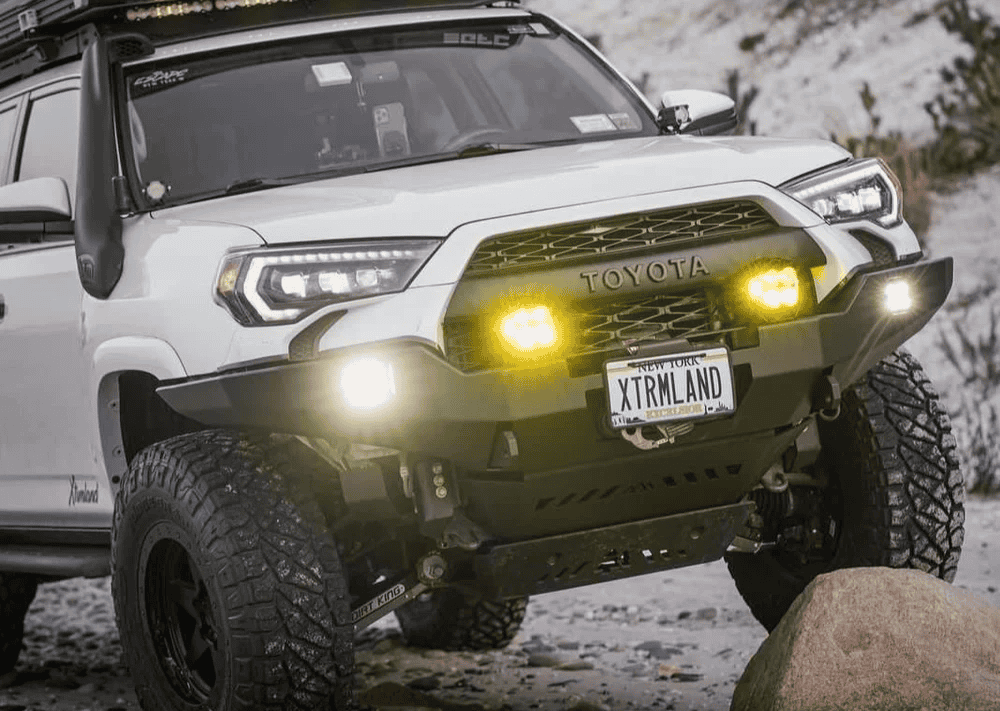Overland Vehicles

An expedition RV is more than a weekend camper. It is a purpose built vehicle that pairs durable chassis selection with long range autonomy, predictable handling, and systems that keep working far from pavement. The core decisions start with platform and driveline. Many builds use all wheel drive vans or four wheel drive cab chassis, while heavier missions may step up to medium duty trucks for higher payloads and longer wheelbases. Ground clearance, approach and departure angles, and protection underbody influence where the rig can go and how confidently it can return.
Electrical capacity determines how long you can operate without shore power. Lithium batteries sized to the mission, efficient inverters, and a balanced charging strategy solar, alternator, and shore power keep refrigeration, ventilation, and communications online. Water planning matters just as much. Fresh capacity, grey containment, hot water production, and the ability to safely refill from questionable sources turn an off grid stay into a livable routine, not a gamble.
Inside, an expedition layout favors secure storage, serviceable systems, and materials that shrug off dust, mud, and temperature swings. Outside, recovery gear, lighting, and communications increase margins in bad weather or unfamiliar terrain. A true expedition build is a system, not a collection of parts.
Choosing the right foundation breaks down to payload, wheelbase, and terrain. Light duty platforms like AWD vans work for compact builds with moderate gear. Four wheel drive cab chassis with dual rear wheels and upgraded suspension handle heavier cabins, larger tanks, and spares. Tire selection aims for strong sidewalls and proper load ratings. Low range gearing, locking differentials, and skid protection extend capability, but every add on must be weighed against total mass and center of gravity.
Power design hinges on average daily draw and recharge windows. A typical expedition setup blends a lithium bank, solar array sized to roof real estate, and a high output alternator feed through a DC to DC charger. Efficient appliances pay dividends. Induction cooking, 12 volt refrigeration, and variable speed fans reduce peak loads. Climate control often pairs a diesel or gas fired air heater with targeted insulation, thermal breaks, and active ventilation. In hot climates, high efficiency DC air conditioning can extend comfort if battery capacity and charging support it.
Water systems balance capacity, filtration, and freeze protection. Many travelers add prefilters, carbon stages, or UV treatment to make refilling safer. Tanks and lines should be protected from road debris and insulated where appropriate. Recovery readiness usually includes a front winch sized to the loaded vehicle weight, kinetic ropes, traction boards, and rated recovery points. Skid plates, rock sliders, and bumper protection keep critical components intact.
Interior design starts with the mission. A quiet workspace needs acoustic treatment and stable power delivery, while a family requires belted seating that meets safety standards and smart sleeping conversions. Anchor points, seats, and restraints must meet applicable regulations. Weight distribution is non negotiable. Heavy items should ride low and near the center, and every added component must be considered against the gross vehicle weight rating and axle limits. Builders should document weights and alignments after completion.
Serviceability separates good builds from great ones. Labeled circuits, accessible fuses, and clean cable management reduce downtime. Use marine grade wiring, proper crimping, and abrasion protection to handle washboard roads. Ventilation for batteries and inverters must be designed, not guessed. Fire safety includes mounted extinguishers, gas and smoke alarms, and emergency egress planning. Communication aids like satellite internet, GMRS radios, and cell boosters add situational awareness in remote valleys and tree covered climbs.
If the plan includes rough roads and weeks off grid, workmanship and integration matter as much as parts. OZK focuses on expedition ready layouts, power systems, and protection that function as a single package. Our team builds on van platforms and truck based cabins with attention to wiring quality, weight control, and recovery preparedness. Explore our approach to overland rigs to see how we think through terrain, range, and livability.
Looking for targeted upgrades rather than a full cabin buildout? A custom overland upfit can dial in suspension tuning, armor, lighting, onboard air, and Starlink installation to support long range travel. Curious about process, reviews, and what working with our Fayetteville team feels like end to end? Learn more at why choose OZK Customs.
Tell us where you want to roam, how long you plan to stay off grid, and what cargo must come along. We will translate that mission into a reliable electrical plan, clean water system, and cabin layout that stands up to backcountry use. When the route turns rocky and the forecast shifts, your expedition RV should remain calm and capable. Let us help you build it.
Backed by hands on travel experience and a shop geared for custom fabrication, our work favors clean wiring, serviceable systems, and field proven materials. Bring your goals and timelines, and we will map a straight path from concept to delivery with clear updates at each step.
Expedition RV custom builder van equipped for remote travel in Northwest Arkansas
Ready to build an expedition rig that just works when the map turns to dirt? Share your vision and let OZK translate it into a dialed, dependable build with smart power, storage, and protection. Request your consult and get a clear scope, timeline, and path to delivery.
ADDRESS:
6159 E Huntsville Rd, Fayetteville, AR 72701
PHONE:
(479) 326-9200
EMAIL:
info@ozkvans.com